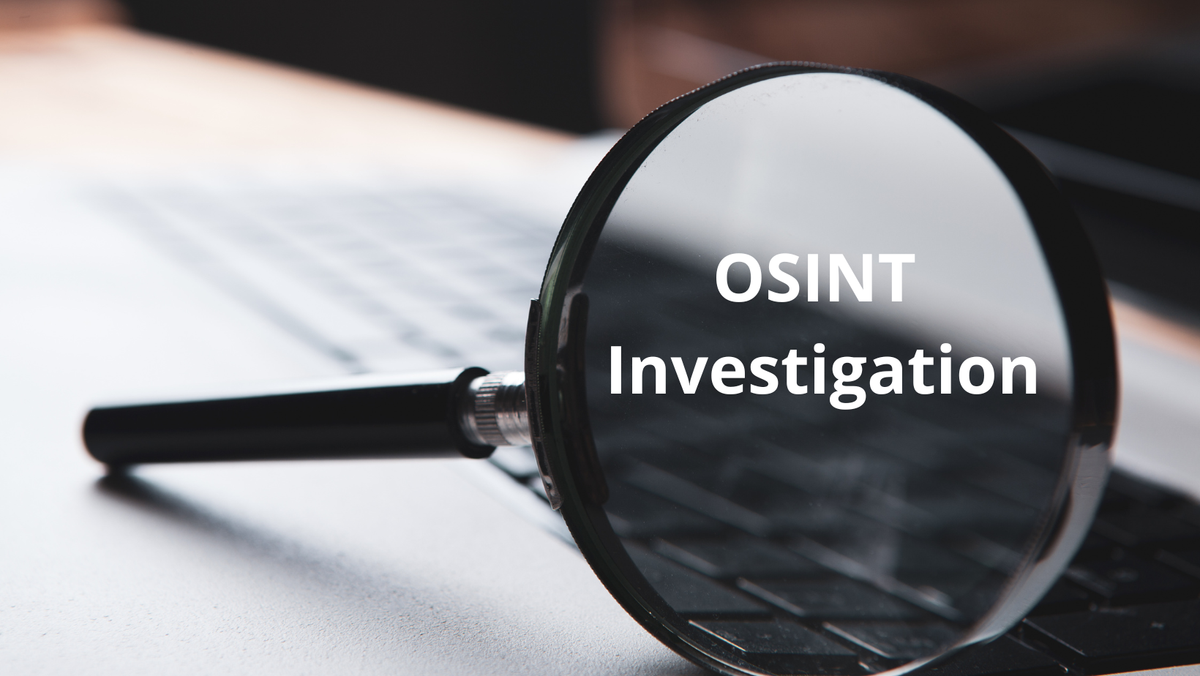The Basics of OSINT: Your Gateway to Online Investigations 🕵️

Introduction
Welcome to the world of Open Source Intelligence (OSINT) Whether you're new to online investigations or looking to refine your skills, understanding the fundamentals is crucial. Let’s dive into three key learning points and introduce three essential tools that will help you become a proficient OSINT investigator. (Click on underlined words for more information).
Learning Point 1: What is OSINT? 📚
- Definition and Scope: OSINT involves gathering and analysing publicly available data from various sources such as websites, social media, and public records.
- Ethical Considerations: Always respect privacy laws and ethical guidelines. Just because information is accessible doesn’t mean it’s ethical to use.
- Critical Thinking: Not all data is reliable. Cross-check facts to avoid misinformation.
Learning Point 2: Effective Search Techniques 🔍
- Advanced Search Operators: By just putting quotations around your “text“ narrows down your search results drastically.
- Social Media Sleuthing: Utilise hashtags, handles, and geolocation tags to find valuable insights.
- Reverse Image Search: Use tools like Google Reverse Image Search to trace the origin of photos and identify fake images.
Learning Point 3: Organise Your Findings 💼
- Documentation: Tools like Notion or OneNote help organise your notes and links.
- Data Security: Ensure your research methods and data storage are secure.
- Regular Updates: Regularly update your data and sources to maintain accuracy.
Top 3 OSINT Tools ⚙️
- Maltego: Visualises complex relationships between pieces of information.
- Google Reverse Image Search: Reverse image search by Google lets you find visually similar photos.
- Notion: Web-based productivity and note-taking tool.
Conclusion
Embark on your OSINT journey with confidence. With the right knowledge, search techniques, and tools, you’ll uncover valuable information and solve mysteries. Happy investigating! 💻